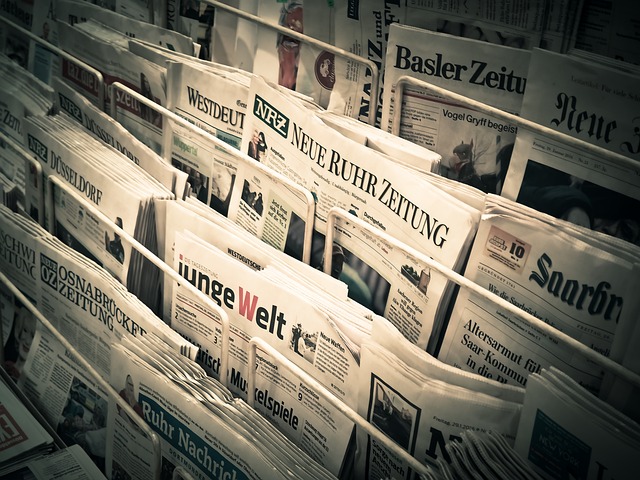Exploring the Influence of Newspapers on Fine Arts and Culture in Painting
In the realm of fine arts, few mediums have been as influential as newspapers. These daily publications have served not only as a source of news but also as a platform for cultural dialogue, significantly impacting the evolution of painting and artistic expression over time. As artists grapple with societal issues, the pages of newspapers have often provided the canvas for their critiques and reflections.
Throughout history, newspapers have chronicled cultural shifts, giving voice to movements that have defined eras. The culture surrounding art is often informed by the words printed on those pages, from reviews of pivotal exhibitions to commentaries on societal happenings that influence the artistic landscape. Artists like Pablo Picasso and Diego Rivera have drawn inspiration from political events reported in newspapers, translating these stories into mesmerizing visual narratives. In such a way, painting becomes a dialogue with the style, tone, and themes presented by the media of the day.
Moreover, newspapers have facilitated a democratization of art, allowing for a broader audience to engage with artistic trends. The introduction of serialized art criticism and reviews enabled viewers to experience paintings in a context that was previously inaccessible to many. As readers encountered discussions about the significance of a new artwork or trend, they began to develop their own tastes, fostering a culture of art appreciation. Local artists could gain recognition through features in community sections, further bridging the gap between the elite art world and everyday people.
The visual language of newspapers has also evolved, often capturing the artistic styles of different periods in their layouts and advertisements. The vibrant illustrations and bold typography found within newspaper pages have influenced graphic design and further spilled over into the world of fine arts. For instance, the rise of modernism in painting paralleled the experimental layouts of newspaper publications, each striving to break conventions and communicate more dynamically with their audiences.
This synergy between newspapers and painting reflects a larger narrative about the role of art in society. As artists respond to current events, they rely on the immediacy of journalism to articulate their perspectives. In turn, the cultural critiques found within newspapers serve as catalysts for artistic movements that address pressing social issues, from war to human rights. The painted canvas becomes a mirror reflecting the world as seen through the eyes of both the artist and the journalist.
As we explore this relationship further, it becomes evident that the dialogue between newspapers and fine arts continues to thrive. In an age where digital media is rapidly replacing print, the essence of this dialogue transforms once again, but the impact of newspapers on culture and painting remains a powerful testament to their enduring legacy. Artists and art enthusiasts alike understand that behind every brushstroke may lie a headline, a piece of news that compelled an artist to express their truth.




